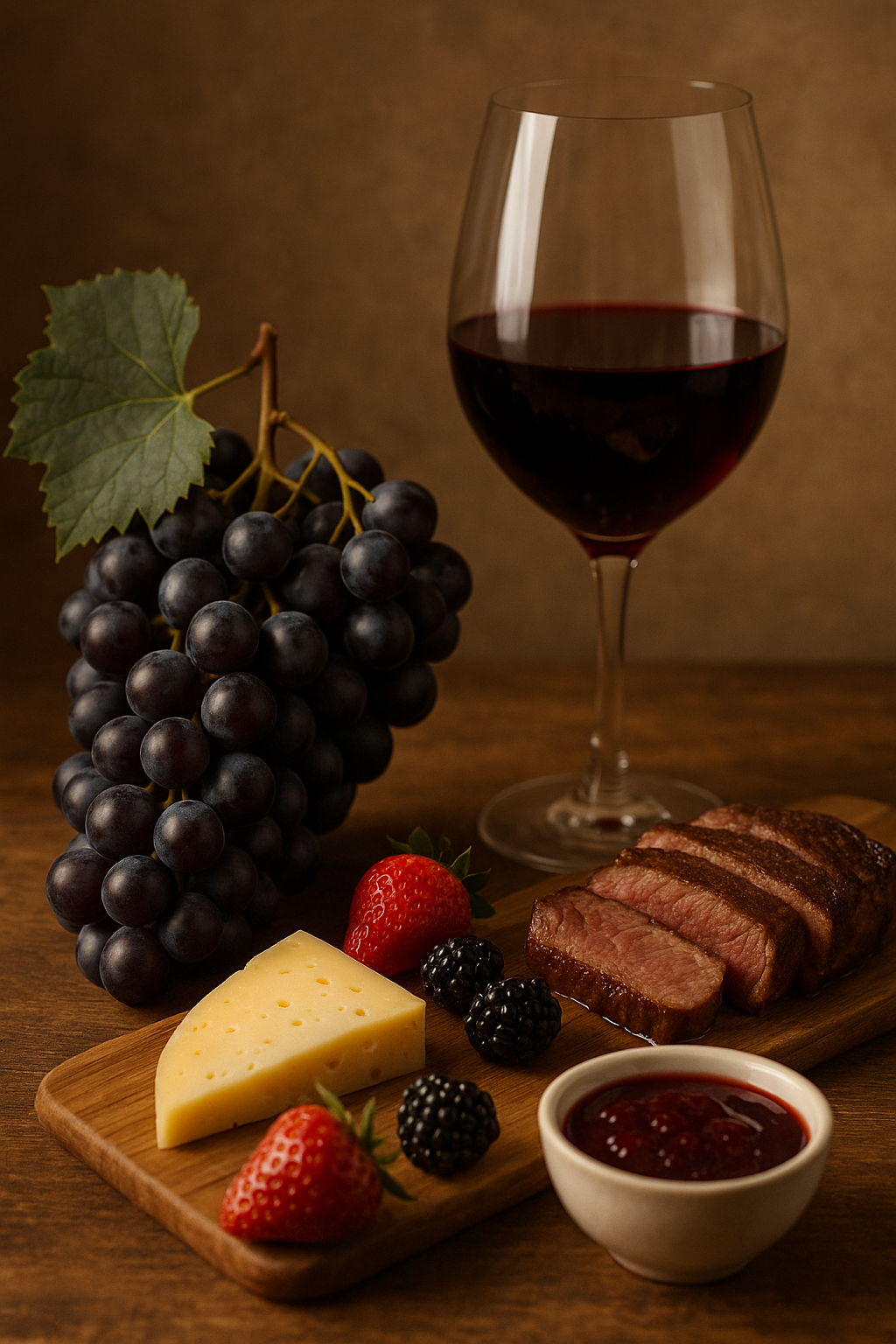
Cabernet Sauvignon grape taste profile
Share
Introduction to Cabernet Sauvignon
Cabernet Sauvignon, often hailed as the king of red grapes, boasts a rich history intertwined with the vineyards of Bordeaux, yet its influence extends globally. This varietal is renowned for its bold flavors and robust structure, making it a favorite among wine enthusiasts. On the palate, Cabernet Sauvignon typically presents a complex tapestry of dark fruits such as blackcurrant, plum, and cherry, often complemented by notes of cedar, tobacco, and sometimes even green bell pepper. The tannins are firm yet refined, contributing to its aging potential and allowing the wine to evolve beautifully over time.
The grape's affinity for different terroirs results in a diverse range of expressions, from the fruit-forward styles found in California to the more restrained, earthy versions from regions like Bordeaux. As we delve deeper into the taste profile of Cabernet Sauvignon, it becomes evident that its versatility and depth make it a cornerstone in the world of wine, inviting exploration and appreciation with each sip.
Analyzing the Flavor Components
The flavor profile of Cabernet Sauvignon is a complex tapestry woven from a variety of components that evolve through the winemaking process and aging. At its core, this grape is characterized by rich fruit flavors, predominantly dark fruits such as blackcurrant, plum, and black cherry. These bold fruit notes often serve as the foundation, but they are intricately layered with secondary flavors that emerge from the fermentation and aging processes.
As Cabernet Sauvignon matures, it often develops nuanced notes of tobacco, leather, and cedar, which contribute to its sophisticated character. The influence of oak barrels—commonly used during aging—adds hints of vanilla, spice, and toast, further enriching the wine's complexity. Additionally, the grape's firm tannins and high acidity provide structure and longevity, allowing the flavors to evolve gracefully over time. This multifaceted flavor profile not only captivates the palate but also invites exploration, making each sip a unique experience that reflects its terroir and the meticulous craftsmanship behind its production.
Pairing Cabernet Sauvignon with Food
When it comes to pairing Cabernet Sauvignon with food, the wine's bold character and rich tannins create a delightful synergy with a variety of dishes. Its deep flavors of blackcurrant, plum, and hints of spice complement hearty meals, making it an excellent match for grilled meats, particularly lamb or ribeye steak. The wine’s acidity cuts through the richness of fatty cuts, enhancing the overall dining experience.
For those seeking vegetarian options, Cabernet Sauvignon can elevate dishes like mushroom risotto or a robust ratatouille, where the earthy notes of the vegetables harmonize beautifully with the wine's tannins. Additionally, the wine's complexity allows it to hold its own against rich sauces, such as a red wine reduction or a peppercorn sauce, amplifying the flavors on the plate.
Cheese lovers will also find joy in pairing this varietal with aged cheeses like cheddar or gouda, where the creamy texture contrasts with the wine's structure, creating a balanced and satisfying palate.
